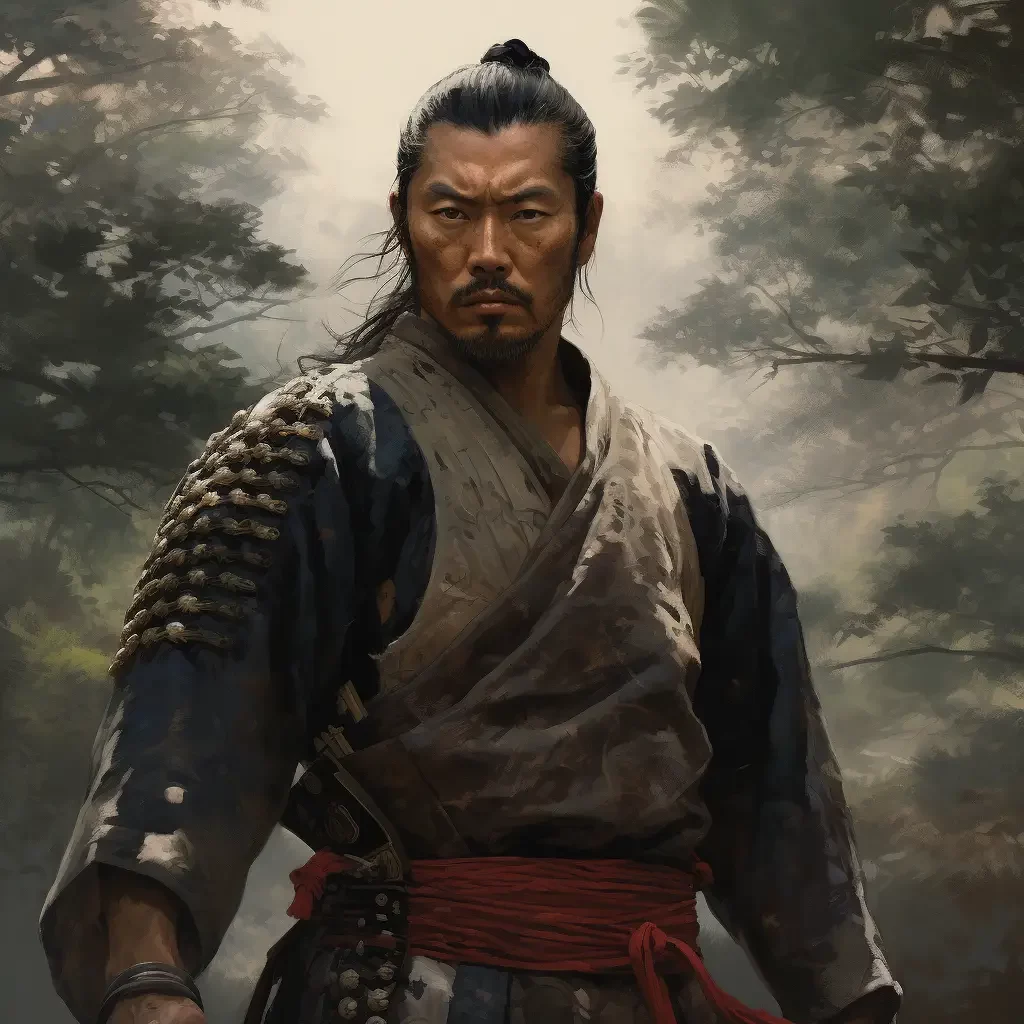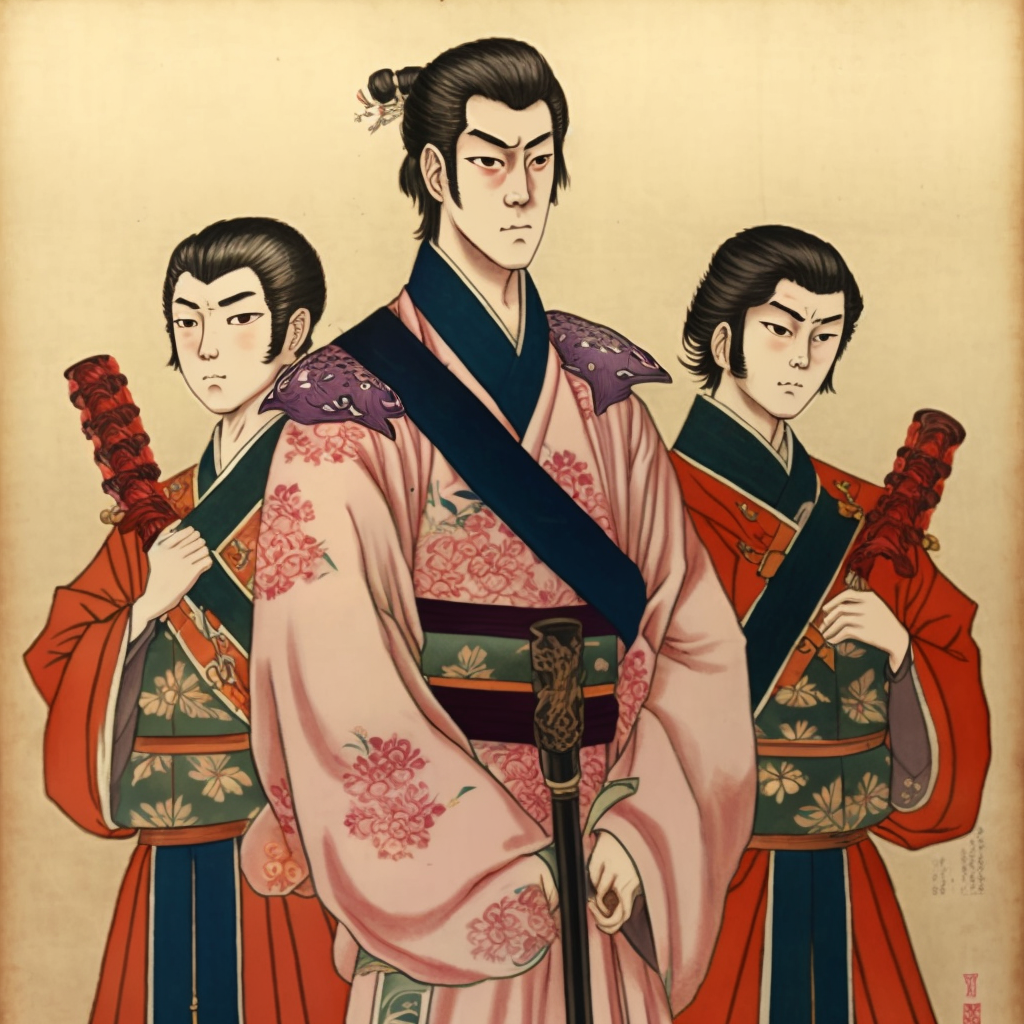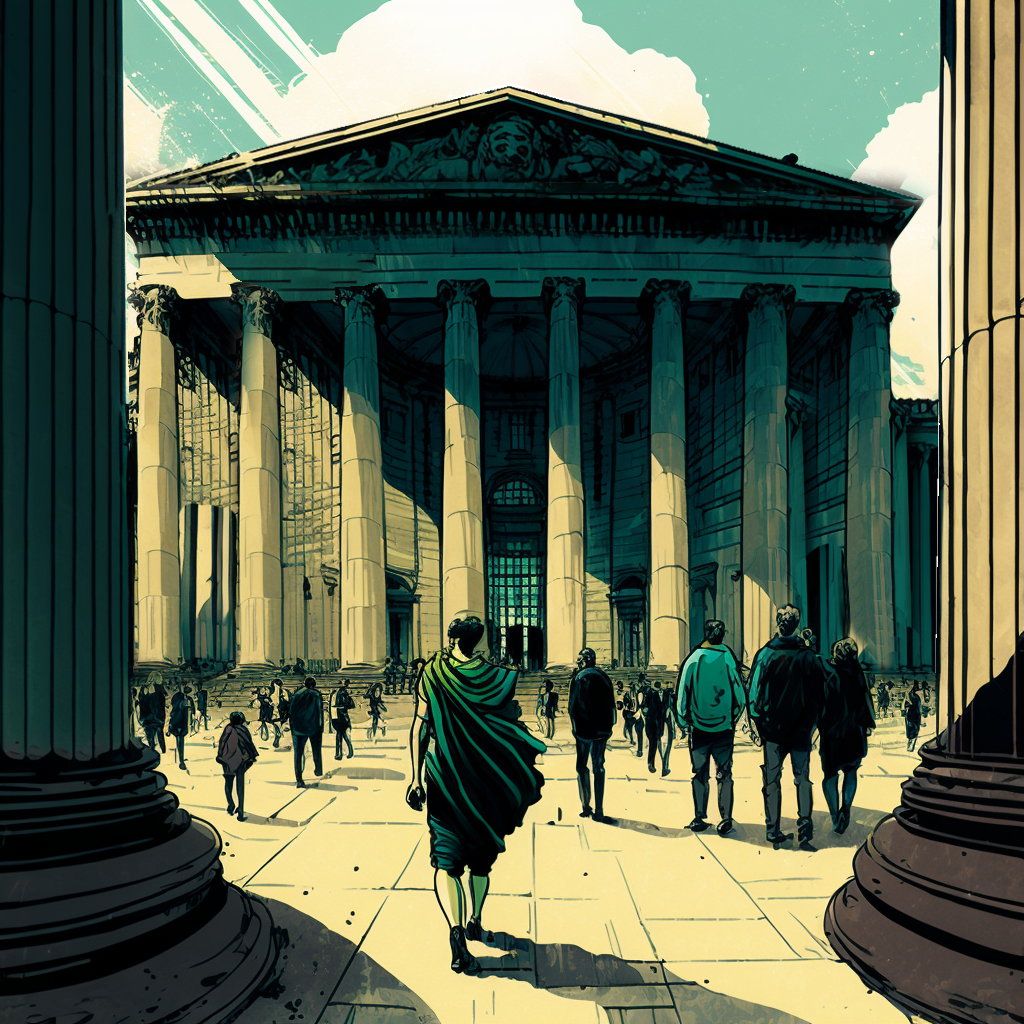Saigo Takamori, born in 1828 in Satsuma Province, was an iconic Japanese samurai of the Meiji era. Known for his dedication to the ideal of bushido, he played a crucial role in the Meiji Restoration and the modernization of Japan. This article explores in detail the life, achievements and legacy of Saigo Takamori.
Youth and training
Saigo Takamori was born into a family of samurai and received a rigorous education centered on martial arts and Confucian philosophy. His talent and determination quickly distinguished him, which earned him positions of responsibility within the Satsuma clan.
Role in the Meiji Restoration
After the fall of the Tokugawa shogunate, Saigo Takamori became one of the main actors in the Meiji Restoration. As a staunch defender of the emperor, he played a crucial role in the transition of power from the shogunate to the emperor. He also led the imperial army in the Boshin War against forces loyal to the shogunate.
Conflict with the Meiji government
Despite his contributions to the modernization of Japan, Saigo Takamori eventually became disillusioned with the Meiji government. He criticized the reforms aimed at abolishing the samurai system, which caused a conflict with the authorities. Eventually, he resigned from his position and returned to his home province of Satsuma.
Satsuma rebellion and heroic death
Saigo Takamori’s frustration came to a head with the Satsuma Rebellion in 1877. Leading an army of samurai and peasants, he bravely fought against government forces. However, the limited resources and manpower of his army led to his defeat.
Rather than surrender, Saigo Takamori chooses to die with honor. On September 24, 1877, during the Battle of Shiroyama, he was mortally wounded and succumbed to his wounds. His heroic death marked the end of the samurai era and symbolized Japan’s transition to a modern era.
Legacy and commemoration
Saigo Takamori’s life and sacrifice are commemorated across Japan. His commitment to bushido and his loyalty to the emperor continue to inspire many generations. Statues and monuments are erected in his honor, recalling his major role in the history of Japan.
Saigo Takamori remains an emblematic figure of Japan, often compared to the “last samurai”. His pivotal role in the Meiji Restoration and his unwavering loyalty to the emperor make him a fascinating figure in Japanese history. His legacy lives on, testifying to his significant impact on Japan’s transition to modernity.
Discover the captivating story of Saigo Takamori, the famous Japanese samurai of the Meiji era. Explore his life, accomplishments and legacy in our in-depth article.



